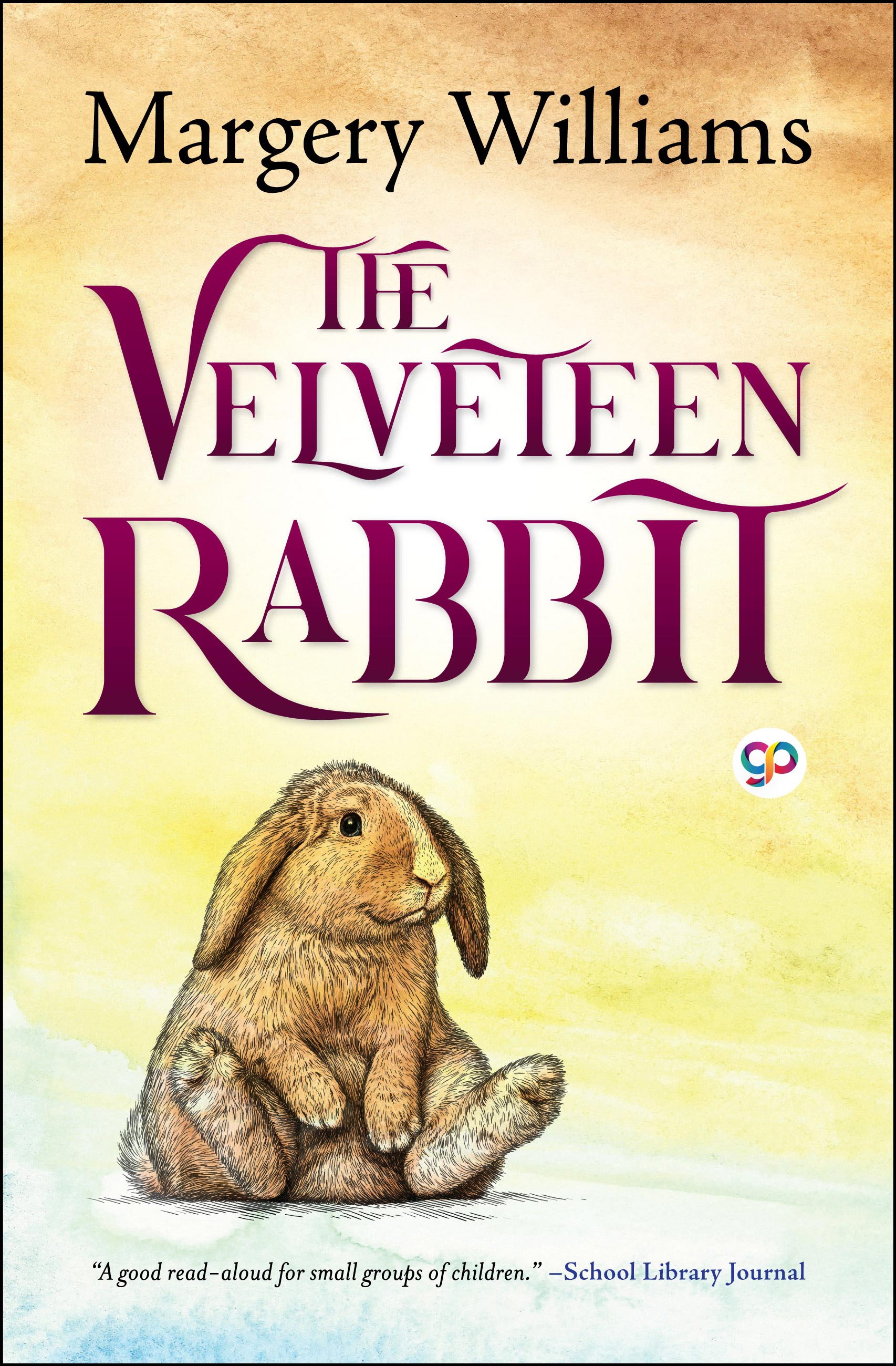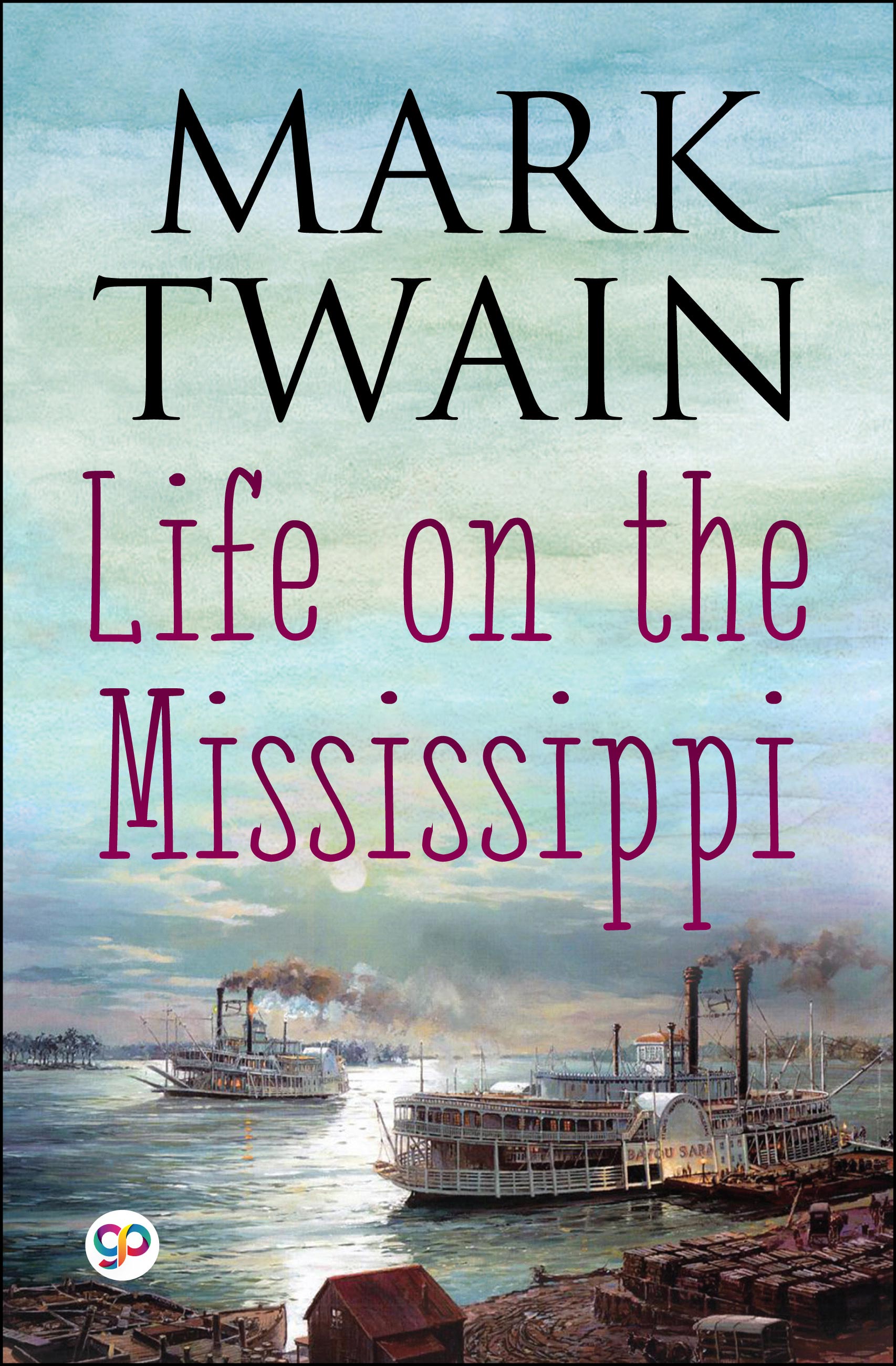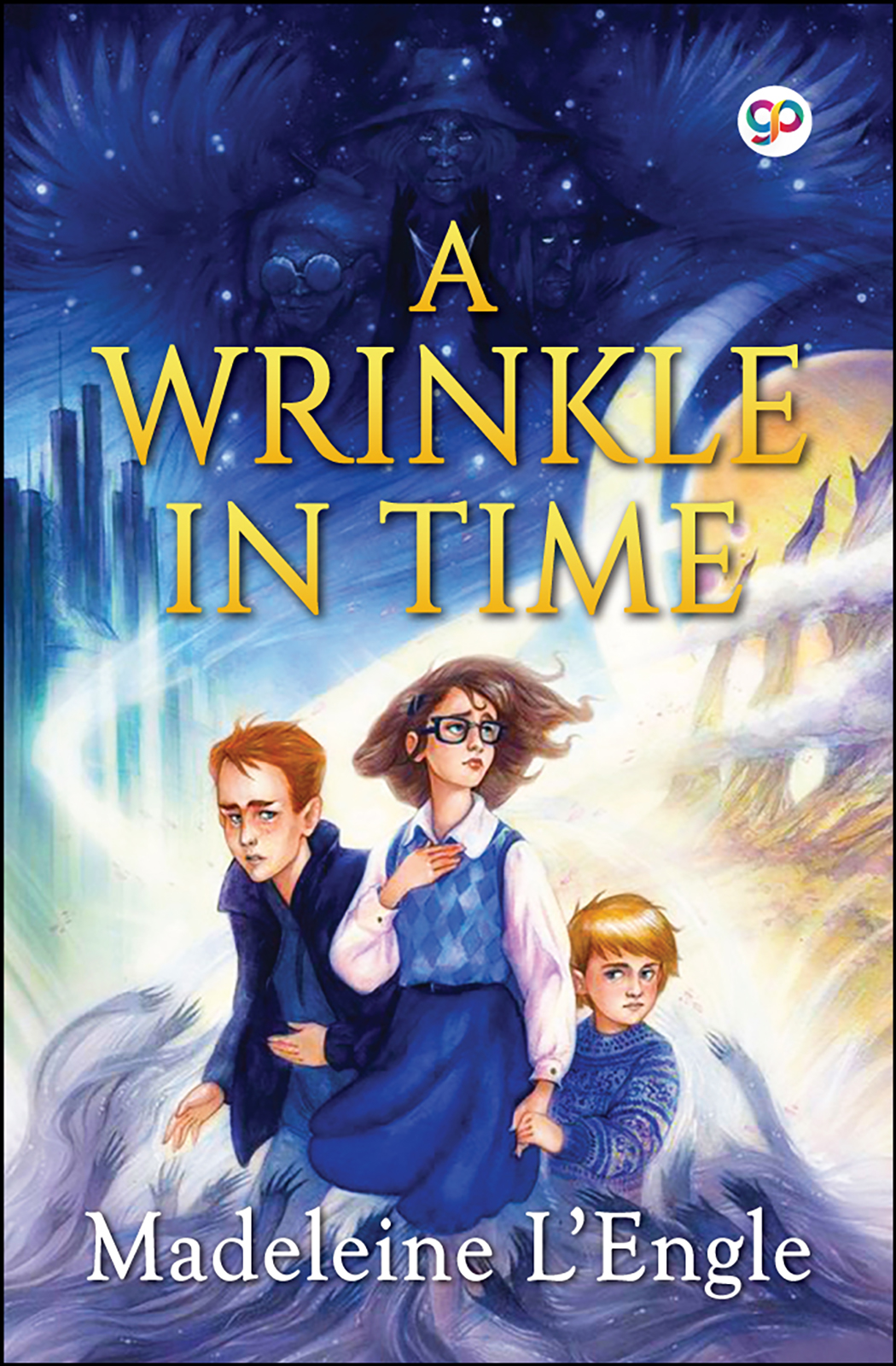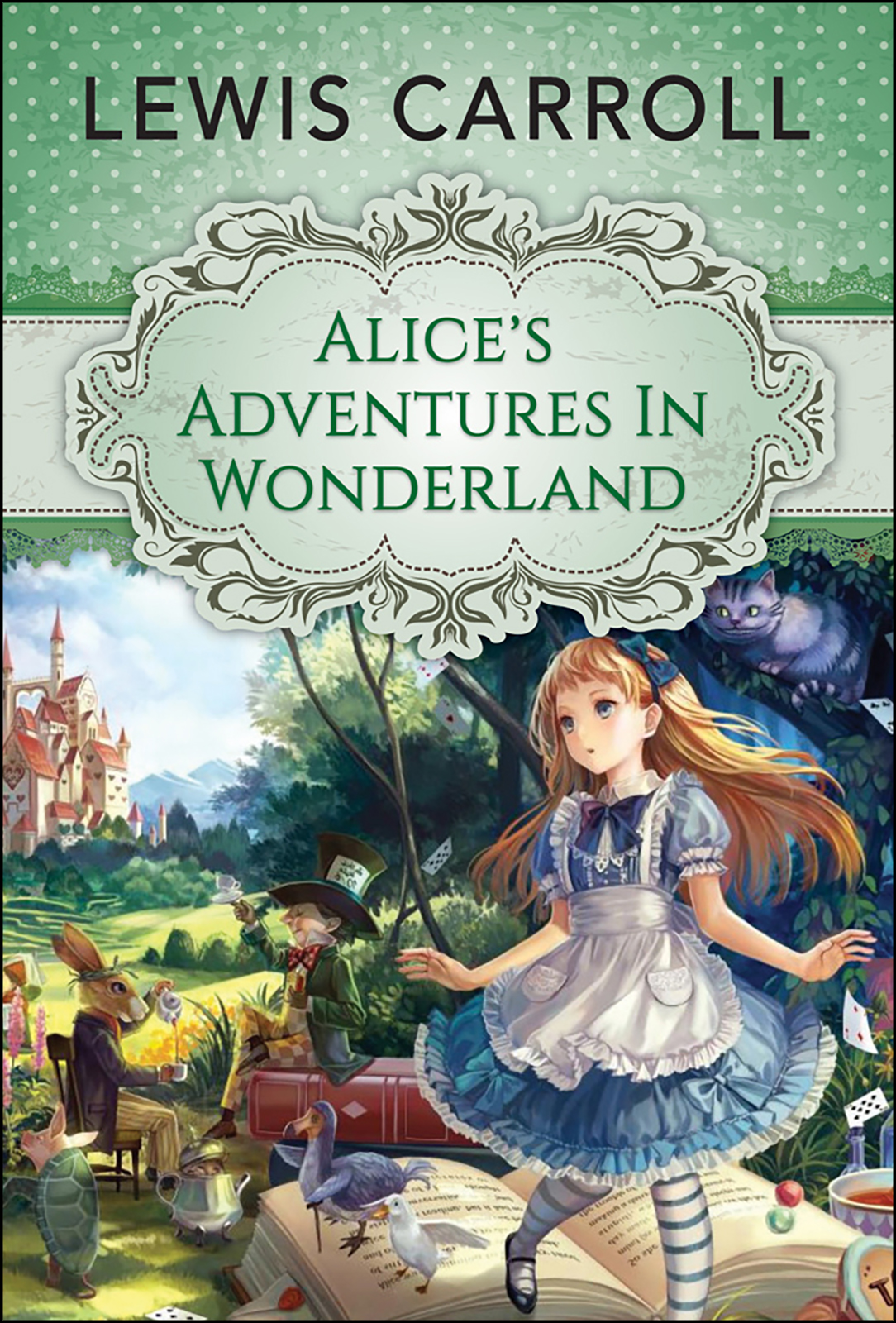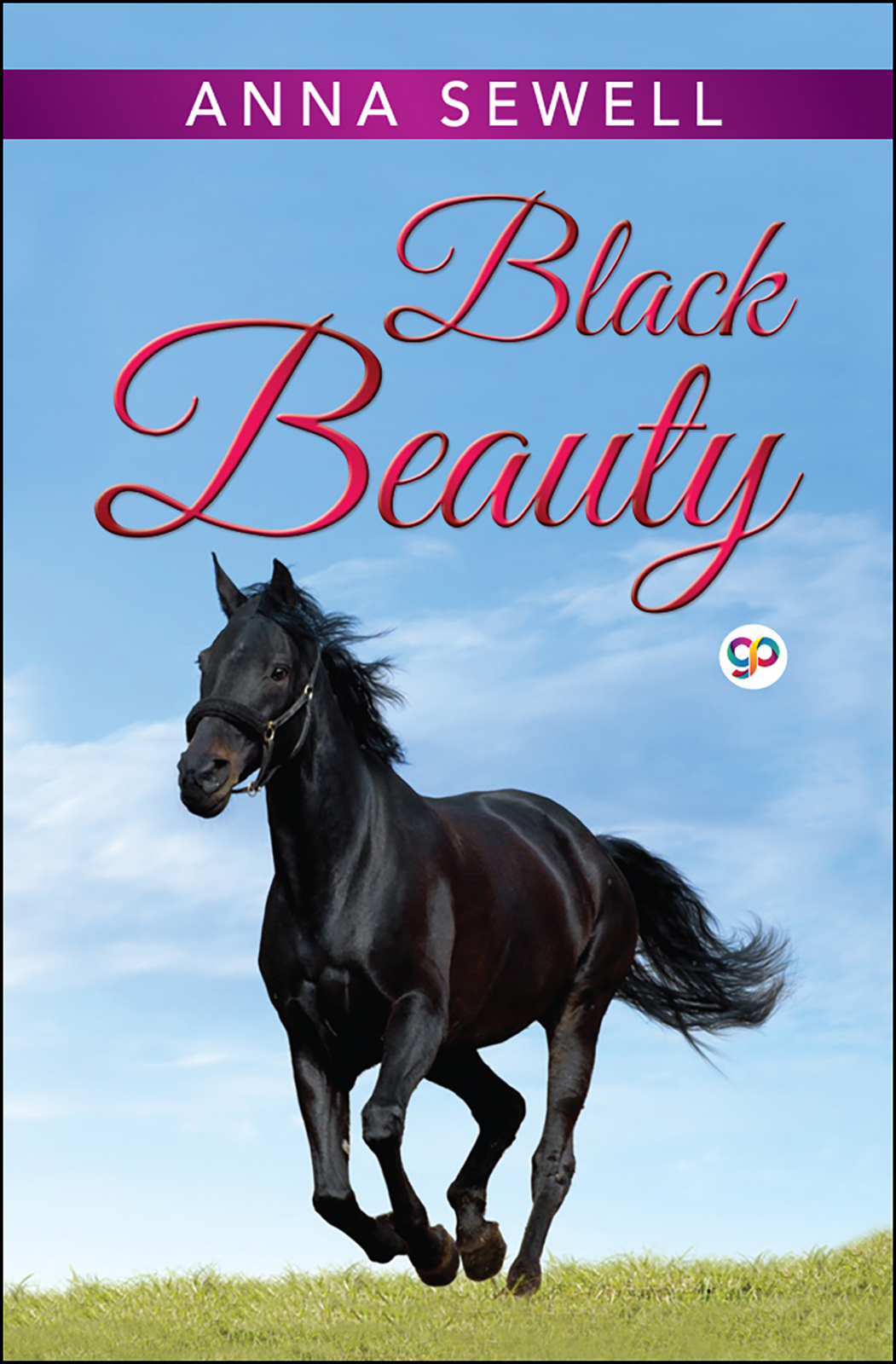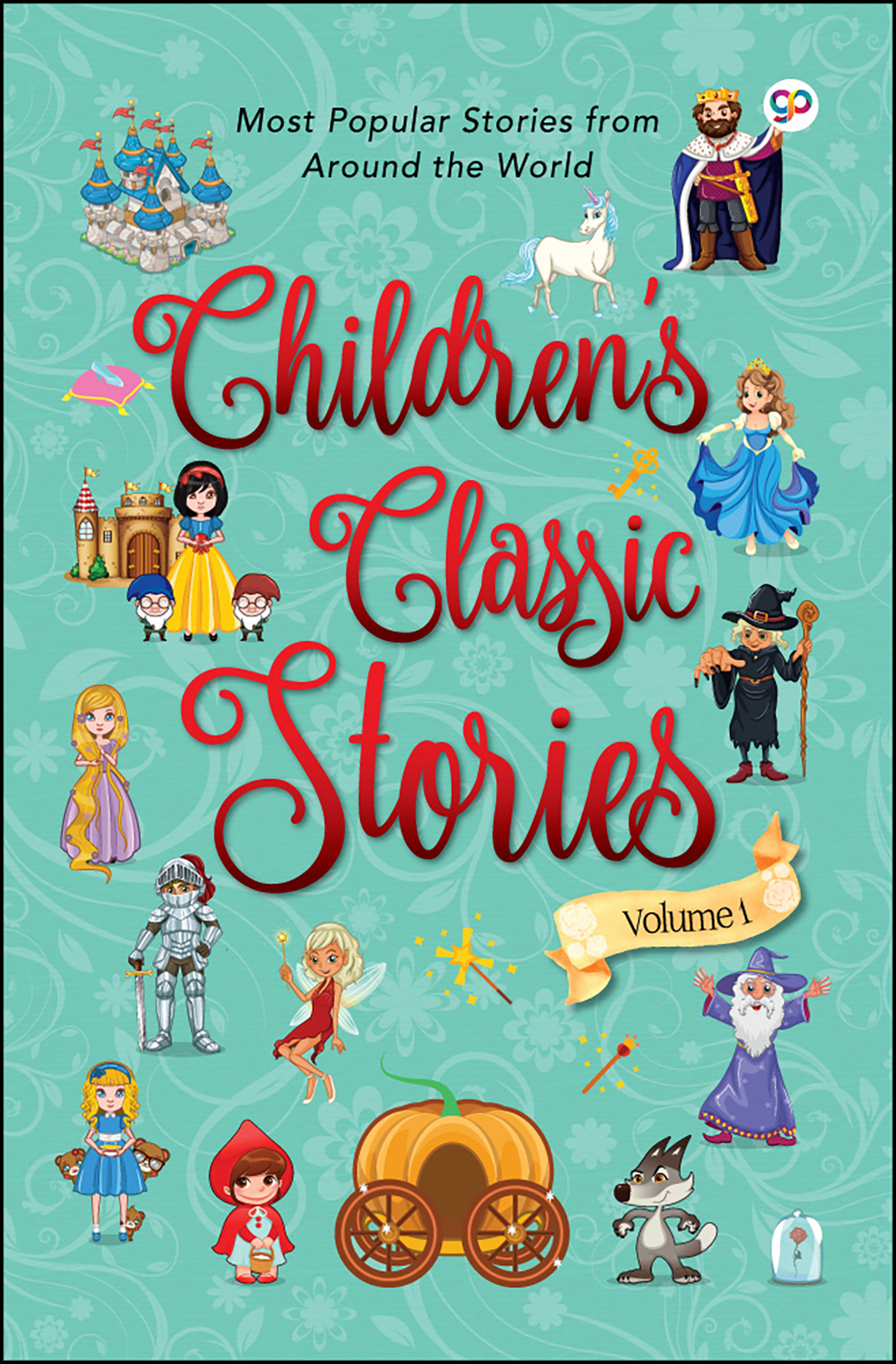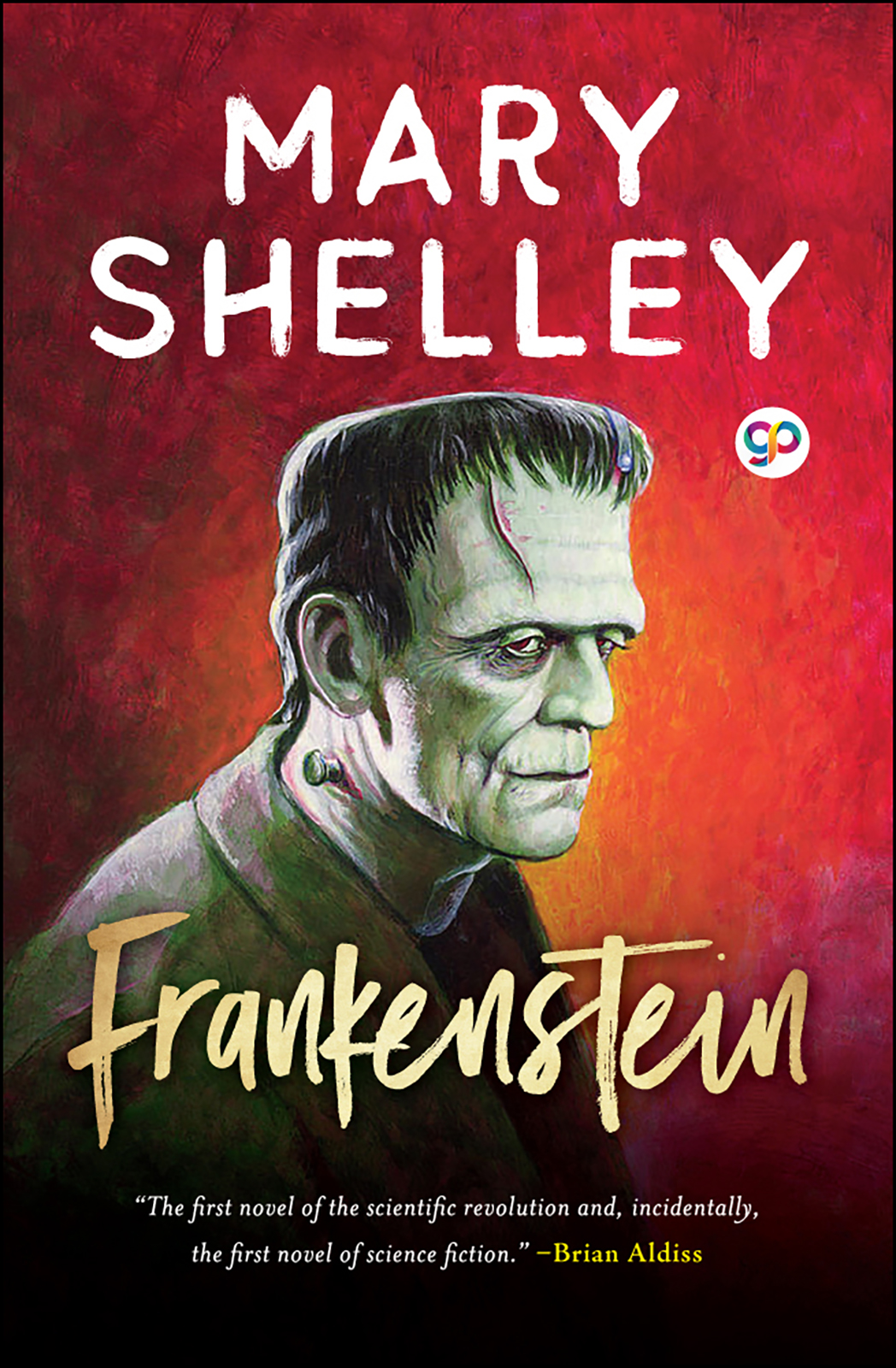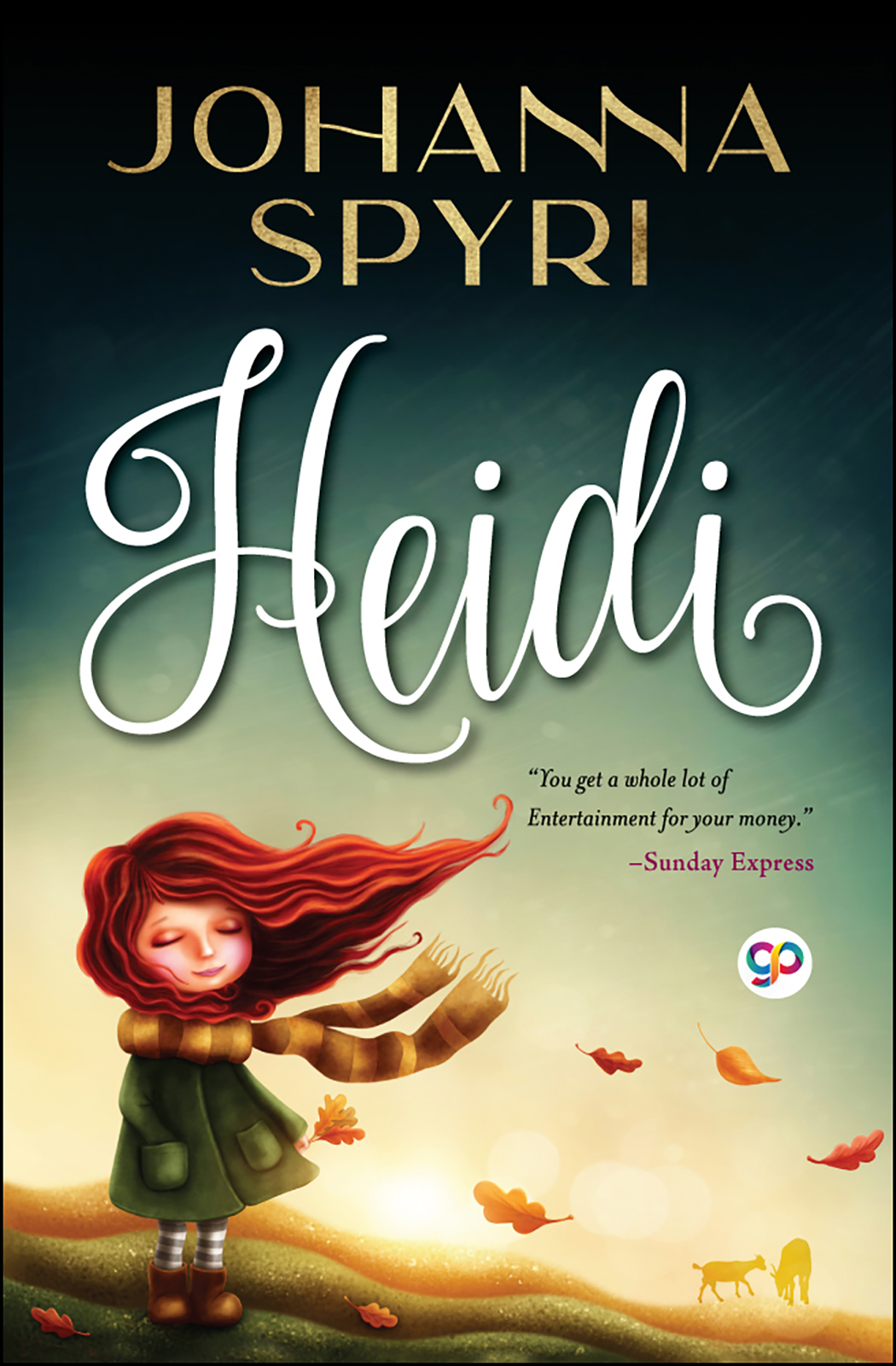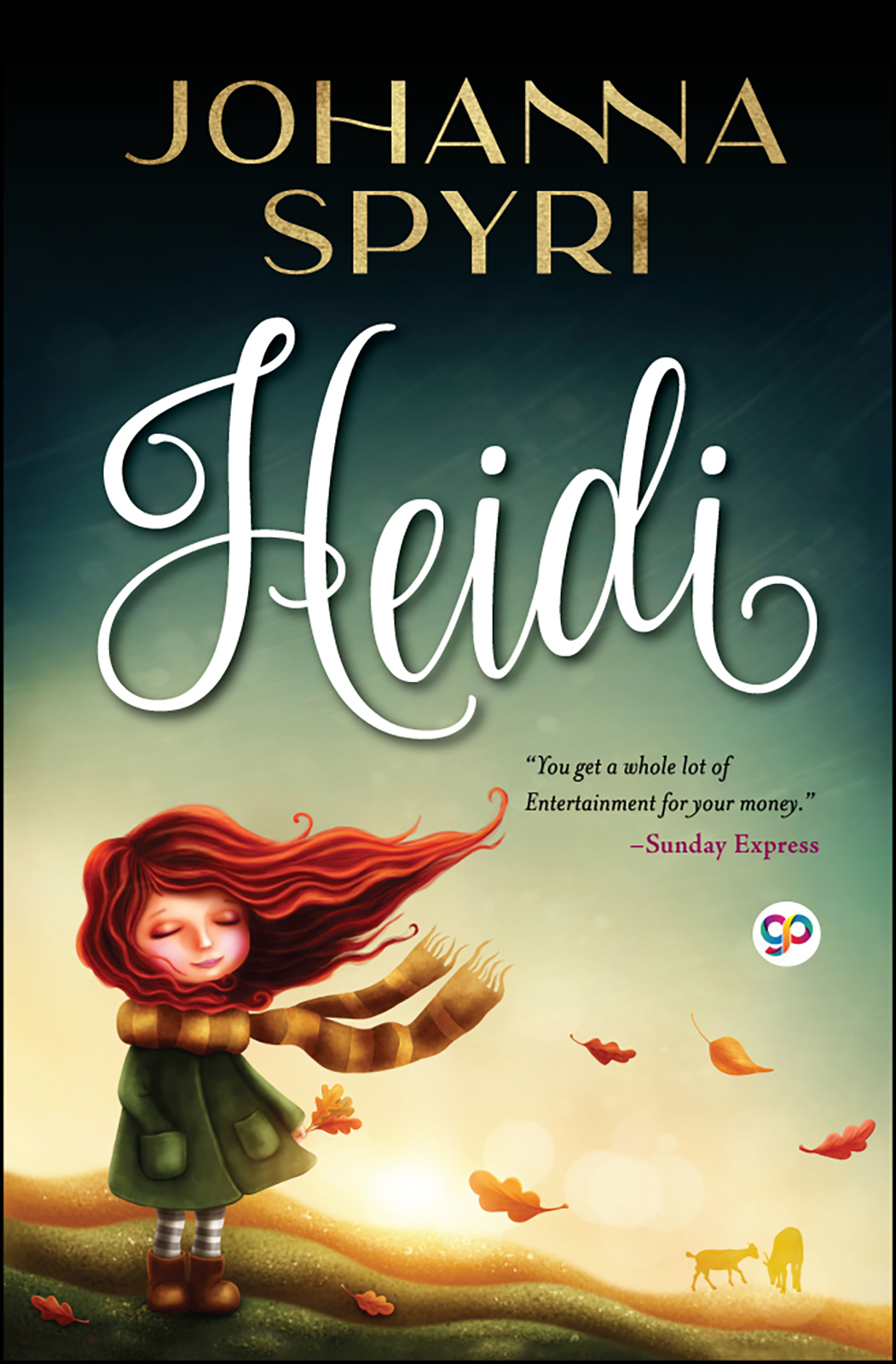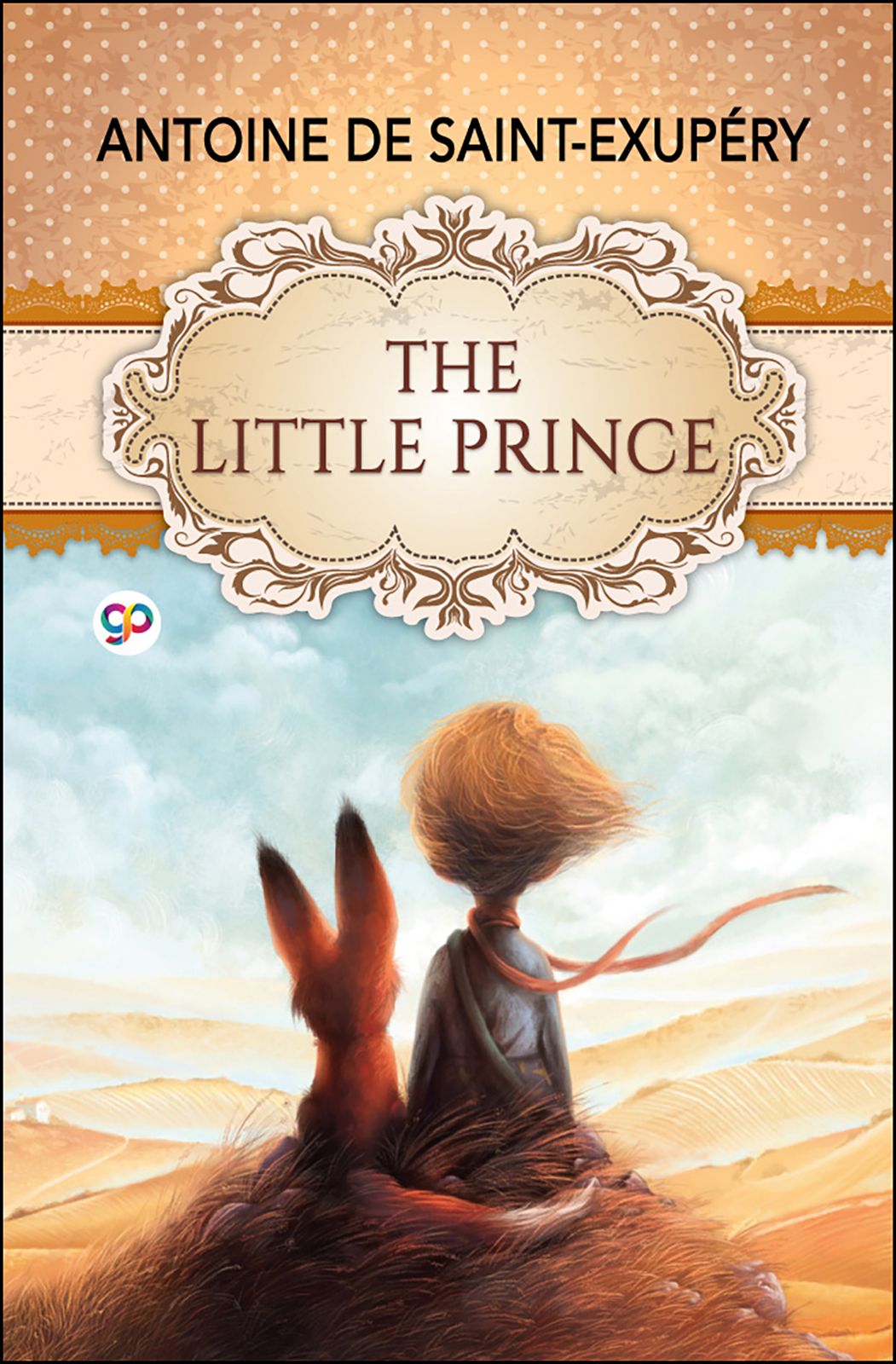
The Little Prince (Hardcover)
First published in 1943, The Little Prince by Antoine de Saint-Exupéry has been translated into more than 250 languages, becoming a global phenomenon. The Sahara desert is the scenery of Little Prince’s story. The narrator’s plane has crashed there and he has scarcely some food and water to survive. Trying to comprehend what caused the crash, the Little Prince appears. The serious blonde little boy asks to draw him a sheep. The narrator consents to the strange fellow’s request. They soon become friends and the Little Prince informs the pilot that he is from a small planet, the asteroid 325, talks to him about the baobabs, his planet volcanoes and the mysterious rose that grew on his planet. He also talks to him about their friendship and the lie that evoked his journey to other planets. Often puzzled by the grown-ups’ behavior, the little traveler becomes a total and eternal symbol of innocence and love, of responsibility and devotion. Through him we get to see how insightful children are and how grown-ups aren’t. Children use their heart to feel what’s really important, not the eyes. Heart-breaking, funny and thought-provoking, it is an enchanting and endlessly wise fable about the human condition and the power of imagination. A book about both childhood and adulthood, it can be read as a parable, a war story, a classic children's fairy-tale, and many more things besides: The Little Prince is a book for everyone; after all, all grown-ups were children once.
BEST SELLERS
About the Author
Antoine de Saint-Exupéry was born in Lyons on June 29, 1900. Later, in Paris, he failed the entrance exams for the French naval academy and, instead, enrolled at the prestigious art school l'Ecole des Beaux-Arts. In 1921 Saint-Exupéry began serving in the military, and was stationed in Strasbourg. There he learned to be a pilot, and his career path was forever settled. Saint-Exupéry's next novel, Wind, Sand and Stars, was published in 1939. A great success, the book won the Académie Française's Grand Prix du Roman (Grand Prize for Novel Writing) and the National Book Award in the United States. On July 31, 1944, he set out from Borgo, Corsica, to overfly occupied France and never returned.
Read Sample
Chapter One Once when I was six years old I saw a beautiful picture in a book about the primeval forest called True Stories. It showed a boa constrictor swallowing an animal. Here is a copy of the drawing. The book stated: ‘Boa constrictors swallow their prey whole without chewing it whereupon they can no longer move and sleep for six months digesting it.’ I then reflected deeply upon the adventures in the jungle and in turn succeeded in making my first drawing with a colour pencil. My drawing No. I was like this: I showed my masterpiece to the grown-ups and asked them if my drawing frightened them. They answered: ‘Why should anyone be frightened by a hat?’ My drawing did not represent a hat. It was supposed to be a boa constrictor digesting an elephant. So I made another drawing of the inside of the boa constrictor to enable the grown-ups to understand. They always need explanations. My drawing No. 2 looked like this: The grown-ups then advised me to give up my drawings of boa constrictors, whether from the inside or the outside, and to devote myself instead to geography, history, arithmetic and grammar. Thus it was that I gave up a magnificent career as a painter at the age of six. I had been disappointed by the lack of success of my drawing No. 1 and my drawing No. 2. Grown-ups never understand anything by themselves and it is rather tedious for children to have to explain things to them time and again. So I had to choose another job and I learnt to pilot aeroplanes. I flew more or less all over the world. And indeed geography has been extremely useful to me. I am able to distinguish between China and Arizona at a glance. It is extremely helpful if one gets lost in the night. As a result of which I have been in touch, throughout my life, with all kinds of serious people. I have spent a lot of time with grown-ups. I have seen them at very close quarters which I’m afraid has not greatly enhanced my opinion of them. Whenever I met one who seemed reasonably clear-sighted to me, I showed them my drawing No 1, which I had kept, as an experiment. I wanted to find out whether he or she was truly understanding. But the answer was always: ‘It is a hat.’ So I gave up mentioning boa constrictors or primeval forests or stars. I would bring myself down to his or her level and talk about bridge, golf, politics and neckties. And the grown-up would be very pleased to have met such a sensible person. Chapter Two Thus I lived alone, with no one I could really talk to, until I had an accident in the Sahara Desert six years ago. Something broke down in my engine. And since there was neither a mechanic nor a passenger with me, I prepared myself for a difficult but what I hoped would be successful repair. It was a matter of life or death for me. I had scarcely enough drinking water for a week. On the first night, I fell asleep on the sand, a thousand miles from any human habitation. I was far more isolated than a shipwrecked sailor on a raft in the middle of the ocean. So you can imagine my surprise at sunrise when an odd little voice woke me up. It said, ‘Please… draw me a sheep.’ ‘What?’ ‘Draw me a sheep.’ I jumped up, completely thunderstruck. I rubbed my eyes, blinked hard and looked carefully around me. And I discovered an extraordinary little boy watching me gravely. Here is the best portrait I was able to draw of him later. But of course, my drawing is not half as charming as its model. It is not my fault. I had been discouraged by grown-ups in my career as a painter when I was six years old, and I hadn’t learnt to draw anything with the exception of boas from the outside and boas from the inside. I therefore stared in total astonishment at this sudden apparition. Do not forget that I was a thousand miles away from any inhabited region. But my little chap did not seem to be either lost or dead tired or dying of hunger, thirst or fear. He did not look like a child lost in the middle of the desert, a thousand miles from any inhabited region. When I finally managed to speak, I said to him: ‘But… what are you doing here?’ Whereupon he repeated softly and gravely: ‘Please draw me a sheep.’ When a mystery is too overpowering, one dare not disobey. Absurd as it seemed to me a thousand miles from any human habitation and in danger of death, I took a sheet of paper and my fountain pen out of my pocket. But I suddenly remembered that my studies had been concentrated on geography, history, arithmetic and grammar, so I told the little chap (a little crossly) that I did not know how to draw. He replied: ‘That doesn’t matter. Draw me a sheep.’ Since I had never drawn a sheep I draw from him one of the two pictures I had drawn before. That of the boa constrictor from the outside. And I was astounded to hear the little fellow saying: ‘No! No! I don’t want an elephant inside a boa. A boa constrictor is a very dangerous creature and an elephant is very cumbersome. Everything is very small where I live. I need a sheep. Draw me a sheep.’ So I drew. He looked at it carefully and said: ‘No. That one is already very sick. Draw me another one.’ And I drew. My little friend said gently and indulgently: ‘Don’t you see that is not a sheep, it is a ram. It has horns…’ Once again, I made another drawing. But it was rejected too, like the previous ones. ‘This one is too old. I want a sheep that will live for a long time.’ My patience had run out by then as I was in a hurry to start dismantling my engine as soon as possible, so I scribbled this drawing. And I explained: ‘That is only the box. The sheep you asked for is inside.’ But I was very surprised to see the face of my young judge lighting up: ‘That is exactly the way I wanted it. Do you think this sheep will need a lot of grass?’ ‘Why?’ ‘Because where I live everything is so small…’ ‘There should be enough grass for him. I have given you a very small sheep.’ He bent his head over the drawing: ‘Not so small that… Look. He has gone to sleep.’ And that is how I met the little prince. Chapter Three It took me a long time to find out where he came from. The little prince who asked me so many questions never seemed to hear mine. It is thanks to the odd word, here and there, that everything was revealed to me. For instance, when he saw my aeroplane for the first time (I shall not draw my aeroplane; that would be far too complicated for me), he asked me: ‘What is that object? ‘It is not an object. It flies. It is an aeroplane. It is my aeroplane.’ And I was proud to be able to tell him that I could fly. He cried out then: ‘What! You dropped down from the sky?’ ‘Yes,’ I replied modestly. ‘Oh! That is funny.’ And the little prince broke into a lovely peal of laughter which annoyed me no end. I like my misfortunes to be taken seriously. ‘So you too come from the sky. From which planet?’ I immediately perceived a ray of light in the mystery of his presence and at once questioned him: ‘So you’ve come from another planet?’ But he didn’t reply. He nodded gently whilst gazing at my aeroplane. ‘It is true that on that you can’t have come from very far away…’ And he sank into a long reverie. Then, taking my sheep out of his pocket, he contemplated his treasure. You can imagine how my curiosity was aroused by this half confidence about ‘the other planets’. So I tried to find out a little more. ‘Where do you come from, my little fellow? Where is this “where I live” of which you speak? Where do you want to take my sheep?’ After a thoughtful silence, he replied: ‘What I like about the box you have given me is that he can use it as his house at night.’ ‘Of course. And if you are good, I shall also give you a rope to tie him up during the day. And a post to tie him to.’ But the little prince seemed shocked by my proposal. ‘Tie him up? What a funny idea.’ ‘But if you do not tie him up, he will wander off and get lost.’ My friend burst out laughing again: ‘But where would he go?’ ‘Anywhere. Just straight ahead.’ Whereupon the little prince remarked gravely: ‘It wouldn’t matter. Everything is so small where I live.’ And, perhaps a little wistfully, he added: ‘Straight ahead of oneself, one cannot go very far…’

